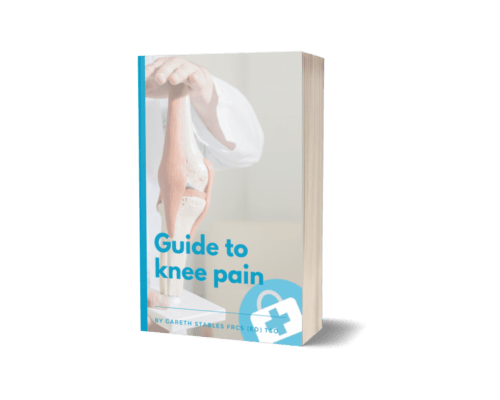Rise of the Robots: Exploring the Role of Robotic Knee Replacement Surgery
Chronic knee pain can significantly impact your quality of life. As a leading knee specialist, I, Mr Stables, encounter patients daily who struggle with limitations due to worn-out joints. Fortunately, advancements in surgical techniques offer new hope. This article delves into robotic knee replacement surgery, a technology gaining traction for its potential benefits.

Traditional Knee Replacement
For many patients, traditional knee replacement surgery offers a viable solution. This well-established procedure involves replacing damaged joint surfaces with artificial implants. However, advancements in technology are creating new possibilities.
Robotic Knee Replacement: A Precision Approach
Robotic knee replacement surgery utilizes a computer-assisted system to guide the surgeon during the procedure. This technology offers several advantages over traditional methods:
- Enhanced Accuracy: The robotic system provides real-time feedback and assists with precise implant placement allowing adjustments of up to half a millimetre. This potentially leads to improved alignment and a more natural-feeling joint.
- Minimally Invasive Techniques: Robotic surgery often allows for smaller incisions, resulting in less tissue damage, faster healing times, and potentially reduced post-surgical pain.
- Faster Recovery: With minimal tissue disruption, recovery times may be shorter compared to traditional surgery. This can expedite your return to your desired activities.
Important Considerations
While robotic knee replacement offers exciting advancements, it's important to understand its limitations.
- Long-Term Data: This technology is still relatively new, and long-term data regarding outcomes and durability is still being collected.
- Cost Factor: Robotic surgery can be more expensive than traditional knee replacement. Insurance coverage can vary, so consultation with your provider is crucial.
- Surgeon Expertise Remains Paramount: The robotic system is a tool that assists the surgeon, not a replacement. Choosing a highly skilled and experienced surgeon is essential for a successful outcome.
Conclusion
Robotic knee replacement surgery represents a promising advancement in the realm of joint replacement. If you're experiencing chronic knee pain that limits your activities, consult with your doctor. They can help you explore all potential treatment options, including robotic surgery, to determine the most appropriate course of action for regaining your knee function and achieving an active, pain-free lifestyle.
For further information on robotic knee replacement or knee health in general, feel free to reach out to my office.
This article contains affiliate links that can earn us revenue.


